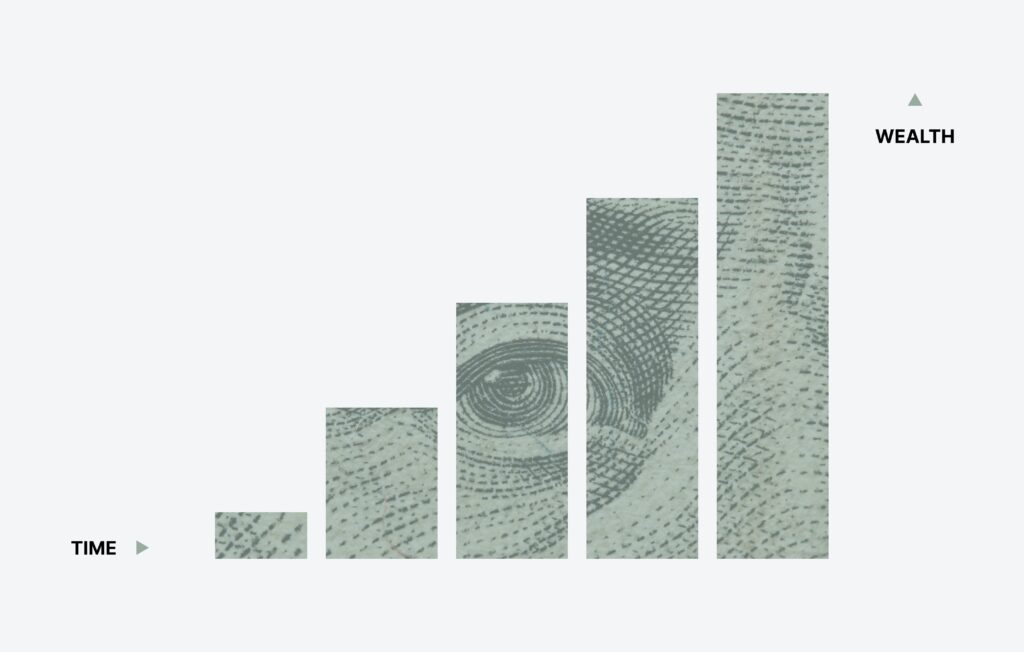A Credit Overview with the Credit Score Range and Breakdown
Your credit score tells lenders your likelihood of paying your debts on time. The credit score range is from 300 – 850, but the higher the credit score you have, the better your chances of securing the best rates and terms on loans and credit cards.
A low credit score doesn’t mean a lender won’t lend to you, but it may not be at the best rate and terms – sometimes making the loan unaffordable.
Knowing how credit scores work and how you can improve your credit score is an important piece of your financial life’s puzzle.
Types of Credit
Most consumers think they have one credit score, but there are many. If you access your free credit reports from www.myannualcreditreport.com, you’ll receive your FICO scores, but even within the FICO scores, there are variations. For example, there are insurance credit scores and home loan credit scores. Every business looks at something different.
There are two main credit models – FICO and VantageScore. While they both measure your creditworthiness and have a credit score range of 300 – 850, they have differences.
- FICO scores have three credit bureaus (Equifax, Experian, and TransUnion) and VantageScore is a tri-merged credit score (all three models in one report)
- VantageScore provides a credit score if you have a tradeline for any length of time, but FICO requires you to have a tradeline for 6 months or longer before it will provide a score
- FICO scores have variations for different industries including auto loan and home loan lenders and VantageScore doesn’t
Overview of FICO Credit Score [history, score range, what’s a good score, etc.]
The FICO score dates back to the 1900s when businesses realized they needed a fair way to evaluate consumer’s financial responsibility. The FICO score started as a way to measure not only a consumer’s ability to pay but also his/her social and political life too. It wasn’t a fair representation of a consumer’s ability to pay.
By the 1970s, the Fair Credit Reporting Act was put in place, which prevented credit bureaus from basing a person’s creditworthiness on anything but their credit history. By 1956, the credit scoring model was finessed with the model created by a company called Fair, Isaac, and Company, which is now known as FICO.
Most top lenders use the FICO model today, so it’s important to know what they look for in it.
The FICO Credit Score Range
We discussed how credit scores range from 300 – 850, but knowing how they compare is important.
- 300 – 579 (Poor credit) – Most lenders won’t give consumers a loan with a credit score in this category. It means you’ve likely defaulted on debts or don’t pay your debts on time.
- 580 – 669 (Fair credit) – This is the average range most people fall in, and most lenders will approve but with higher rates and less attractive terms than those with good credit.
- 670 – 739 (Good credit) This is the credit score range lenders start offering the most attractive rates and terms.
- 740 – 799 (Very Good credit) – Borrowers in this category have very little (if any) negative credit on their report and are among the best borrowers, receiving the best rates and terms.
- 800+ (Exceptional credit) – Only the best of the best fall into this category, as consumers with 800+ credit scores know how credit scores work and how to maintain the highest scores.
Credit Score Factor Breakdown,
Knowing the credit score breakdown will help you improve your credit score if your score is lower than you’d like:
- Payment history (35%) – Your payment history monitors if you make your payments on time. For credit bureaus, this means within 30 days of the due date. Any payment made 30, 60, 90, or 120 days late is a mark on your credit report and hurts your credit score.
- Credit utilization (30%) – How much of your credit line you have outstanding at one time is your credit utilization. To help your credit score, you shouldn’t have over 30% of your credit line outstanding ($300 for every $1,000).
- Length of credit history (15%) – Typically, the older your accounts, the better your credit score. This is an average of all your account’s ages. Keeping old credit card accounts open (even if you don’t use them) will help this aspect of your credit score.
- Credit mix (10%) – Creditors want to see how well you handle different types of credit including revolving, installment, and housing debt. The greater your credit mix the better your credit score.
- New credit (10%) – Every time you apply for new credit, it shows as an inquiry on your credit report. This ‘hard inquiry’ can decrease your credit score.
Ways to Improve your Credit Score
Your credit score changes monthly, which means you always have a chance to improve your credit score. Here are the top ways:
- Pay your bills on time and/or bring any late payments current
- Pay your credit card balances down to less than 30% of your credit line
- Don’t apply for new credit unless you need it
- Dispute any errors you spot on your credit report
- Negotiate settlements with collection agencies including a ‘pay for delete’ to get the collection off your credit report
- Pay your credit card balances in full each month (only charge what you can afford)
- Monitor your credit history and credit scores, so you always know what you need to change
Where do you Fall in the Credit Score Range?
If you aren’t sure where you fall in the credit score range, you may get your free credit scores from your credit card company or bank. Both usually offer free monthly access to your credit scores. While the scores you see won’t be identical to what lenders see, it’s a ballpark estimate so you know where you stand.
If your credit is worse than you hoped, use the steps above to improve your credit score. It won’t happen overnight, and it may even take 6 – 12 months, but with good, consistent credit habits, you’ll get your credit score in the category you hoped.







